This month, in celebration of Indigenous, Native, Aboriginal, and First Nation peoples, we will follow some notable hashtags, making waves for people seeking relatable content in the pages of a good book. Though not an exhaustive list, you can check out some novel reads under the hashtags #OwnVoices and #IndigenousReads, representing authors who share identities with the characters they create.
Children’s Books
 Ni Sâkaskineh Mîyawâten Niteh Ohcih/ My Heart Fills with Happiness by Monique Gray Smith
Ni Sâkaskineh Mîyawâten Niteh Ohcih/ My Heart Fills with Happiness by Monique Gray Smith
Written in Plains Cree and English, this book celebrates the quiet joys of Cree home life, in a short and visually inviting story for young children.
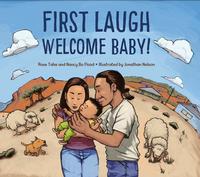 First Laugh, Welcome Baby by Rose Ann Tahe
First Laugh, Welcome Baby by Rose Ann Tahe
This book will make you chuckle, as two patient parents try to coax the first giggle out of their newborn child. Written from the perspective of a Navajo family, the book delves into the First Laugh Ceremony, tying a family and peoples together.
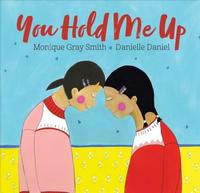 Ki Kîhcêyimin Mâna/You Hold Me Up by Monique Gray Smith
Ki Kîhcêyimin Mâna/You Hold Me Up by Monique Gray Smith
An entry into empathy for young minds, Smith shares yet another amazing children’s novel in both Plains Cree and English. The words written by Smith weave kindly with the images, illustrated by Danielle Daniel, to bring the reader into a narrative of community and support.
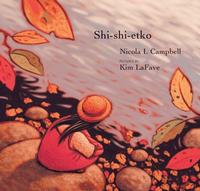
A young girl anticipates her journey into school, as her family gently instills their ways of being into her spirit. She carries with her a bag of memories to always know where she came from. The book highlights the power of memory to engage reminders of who we are, no matter where we are.
Teen & Young Adult Literature
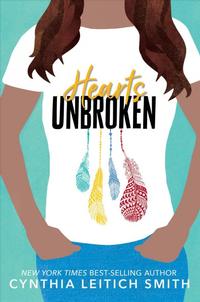
Rising high schooler, Louise Wolfe, finds her grounding when her high school boyfriend reveals his prejudice against Native people. The protagonist, Wolfe, remains self-assured and tied to her personal beliefs while navigating the ups and downs of high school life.
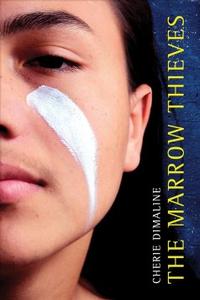
For lovers of sci-fi, this book creates a dystopian future pointing to Indigenous history in what is currently called North America. Métis 11-year-old, Frenchie, comes from a strong family rooted in their heritage and feels called to challenge the effects of a sinister society in chaos. After great loss, Indigenous people are looked to solve the root problems of global warming, but at a very high cost to Indigenous lives.
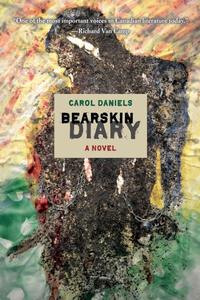
This title calls out the trials of identity, growing up as the sole First Nations person in an all-white town. After being taken in by a foster family, Sandy must grapple with the lines of gratitude and marginalization. Through her journey, she finds a way to reconnect to her First Nations culture and reclaim a narrative that was in threat of being lost.
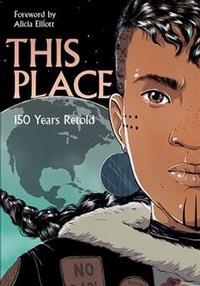
This graphic novel anthology builds upon a series of post-apocalyptic realities, birthed from the minds of 22 Indigenous creatives. Following storylines of magical realism, psychic battles, and time travel, this collection keeps alive Indigenous stories that have been quietly passed down through time.
Creating a simple hashtag is an elegant way of gathering a public archive for something many of us crave, and maybe need. There has been a wave of gratitude for the hashtags #OwnVoices and #IndigenousReads for uplifting narratives that have been stifled or silenced by centuries of false and damaging storytelling. The authors and illustrators listed above all give different reasons for creating the works they do, and with those creative impulses, provide new worlds for Indigenous authorship, readership, and narrative building to take place. The underscore of hashtags such as #IndigenousReads and #OwnVoices have a resounding, although imperfect message: #RepresentationMatters.
Have a question for Free Library staff? Please submit it to our Ask a Librarian page and receive a response within two business days.

